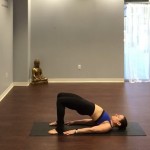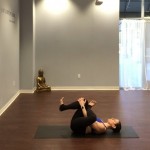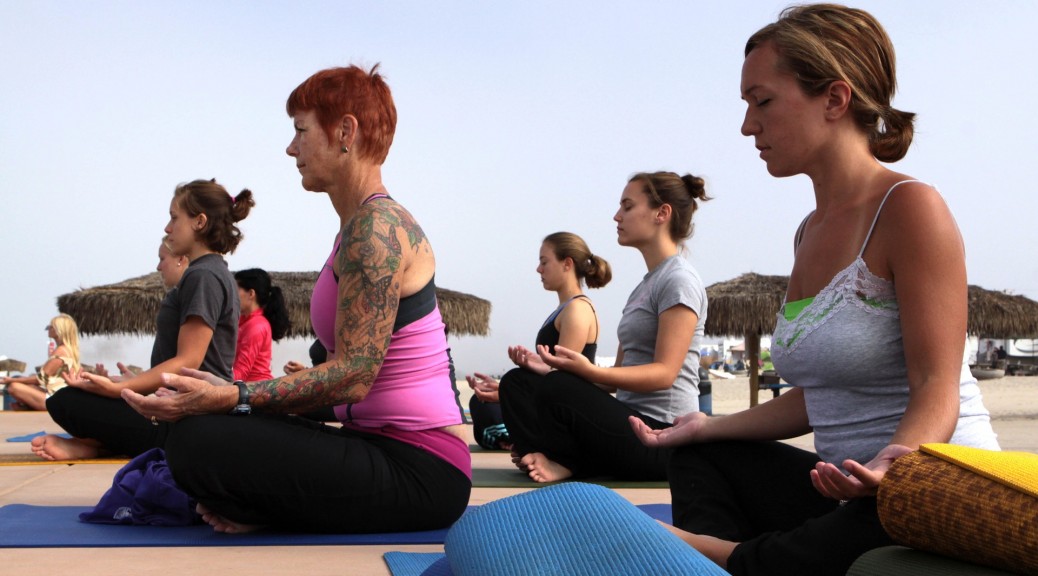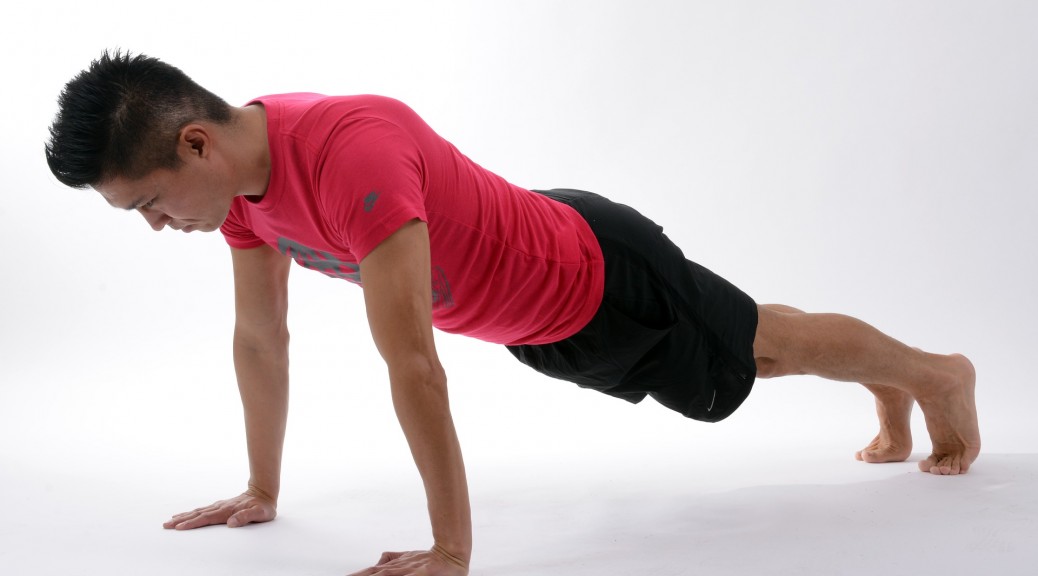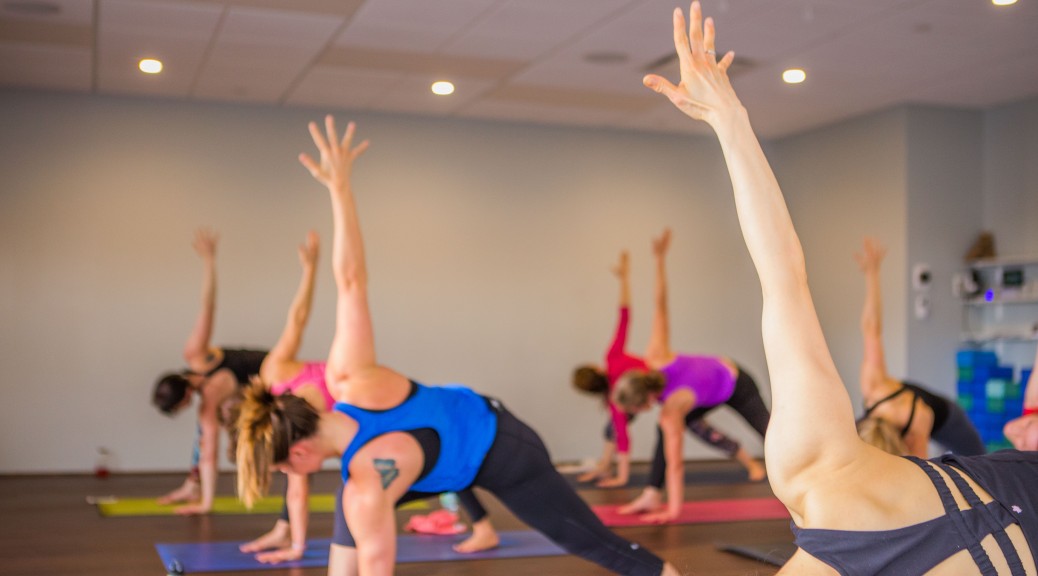With the hectic pace and demands of life, many people feel stressed out and over-worked. We often feel like there isn’t enough time in the day to get everything done that we need to. Our stress and tiredness not only make us unhappy and frustrated, but also can begin to affect our health. Meditating is a great way to help make you feel calmer, more focused, and more at peace. In our busy day, we may feel like there is no time to stop and meditate, but a simple 10-15 min. is all you need to help calm your mind and body and allow yourself to feel less stressed.
My dad passed away on July 3rd. During the last few weeks, I’ve felt sad, depressed, and overwhelmed, so I decided to start meditating. Previously, I considered my yoga practice to be a moving meditation, but since I am always moving, I decided to try to sit in stillness for a while and see how sitting and focusing on my breath could help to calm my body and mind.
In only 10 minutes a day, I was able to help transform my mind from negative to positive, from anxious to calm, and from unhappy to happy. Learning to sit with myself and love myself, helped me to find the inner harmony I was lacking.
Overcoming negative minds and creating constructive thoughts is one of the purposes of meditating. There are many different meditations techniques (i.e. walking, concentration, mindfulness, transcendental) you can choose from. Meditating doesn’t have to feel hard or cumbersome, so no matter what you choose or how you choose to meditate, it’s up to you. The most important thing you can do is focus on the present, try to clear your mind, and breathe.
Here is a simple meditation exercise to try:
- Sit or lie comfortably.
- Close your eyes.
- Make no effort to control the breath; simply breathe naturally.
- Focus your attention on the breath and on how the body moves with each inhalation and exhalation. Notice the movement of your body as you breathe. Observe your chest, shoulders, rib cage, and belly. Simply focus your attention on your breath without controlling its pace or intensity. If your mind wanders, return your focus back to your breath.
- Maintain this meditation practice for two to three minutes to start, and then try it for longer periods.
I started with some simple meditations on my own, but then began to explore some guided meditations. Here are a few things I found and enjoyed:
- Meditation Studio– I enjoy this when I don’t have much time and am looking for a shorter guided meditation. They offer meditations for stress, relaxation, and sleep, just to name a few.
- For longer meditations, I enjoy listening to Deepak Chopra’s Healing Meditation on youtube. He has quite a number of them and I really haven’t found one I havent liked.
Next time you are having a hard time or are feeling stressed, find a comfortable seat or lying position and begin to meditate. This may not make the negative experience go away, but it can help you tolerate it with kindness and patience.
Namaste!
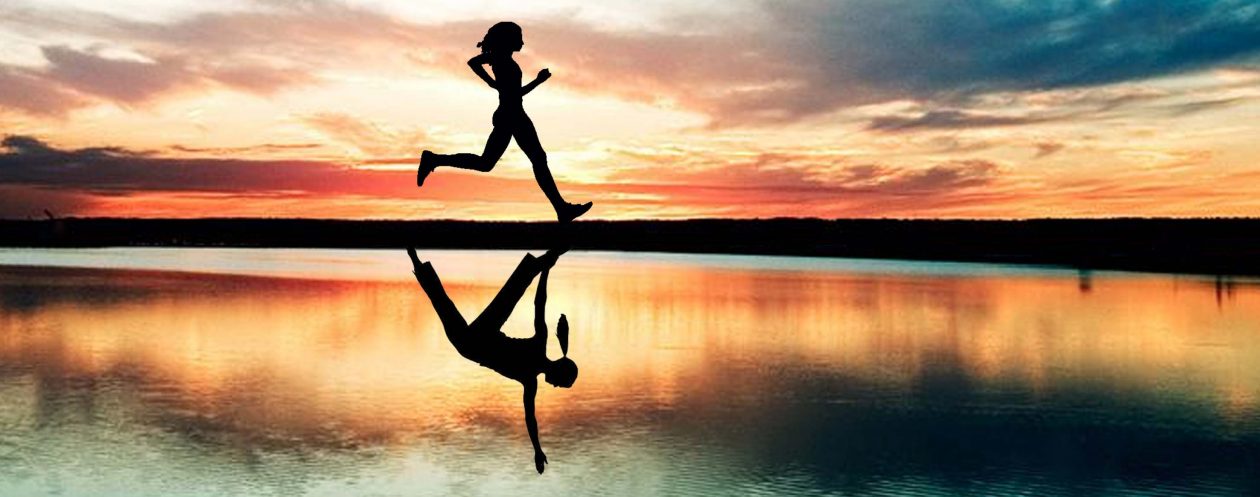
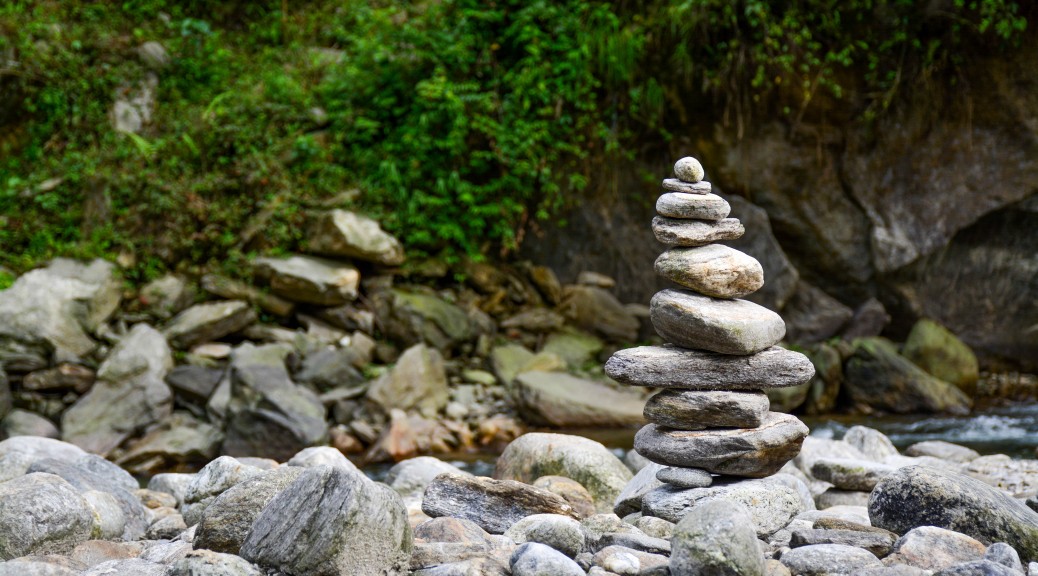
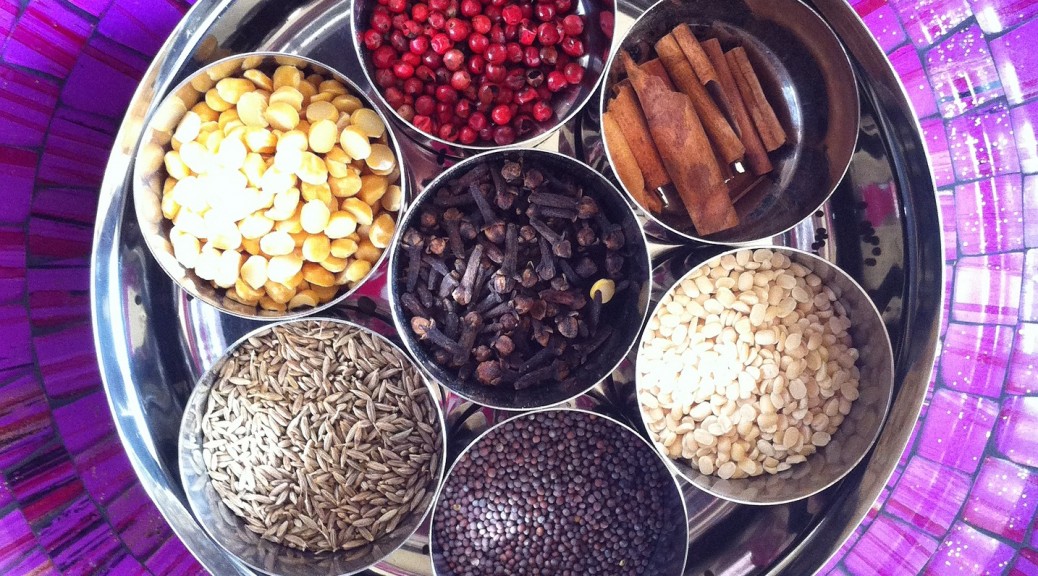
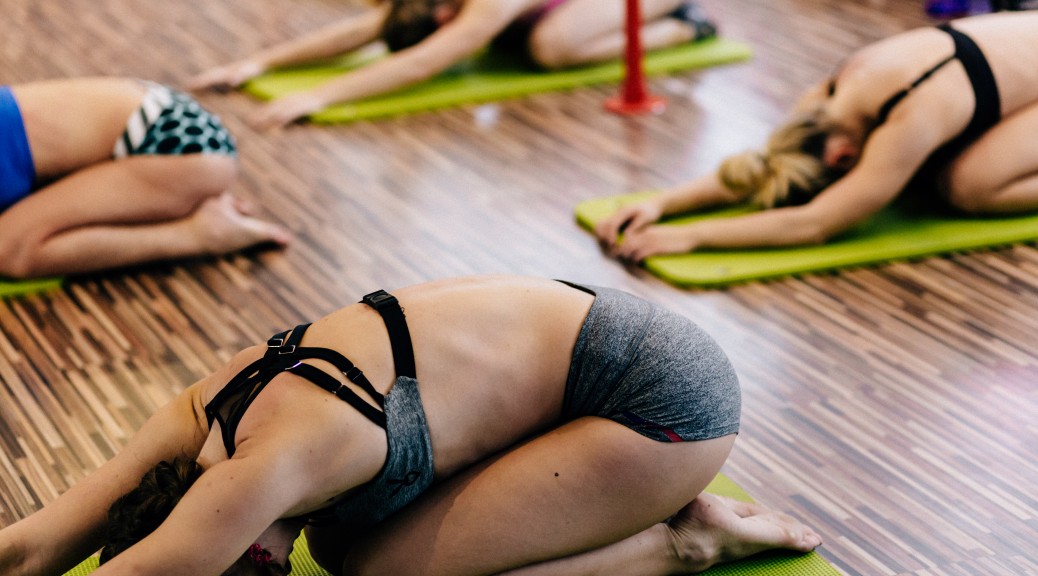

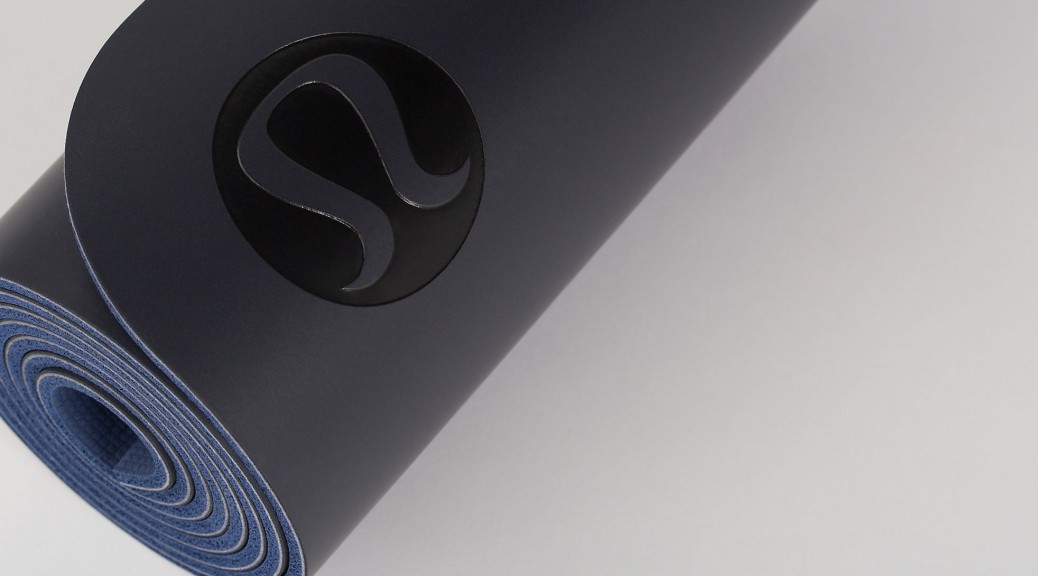
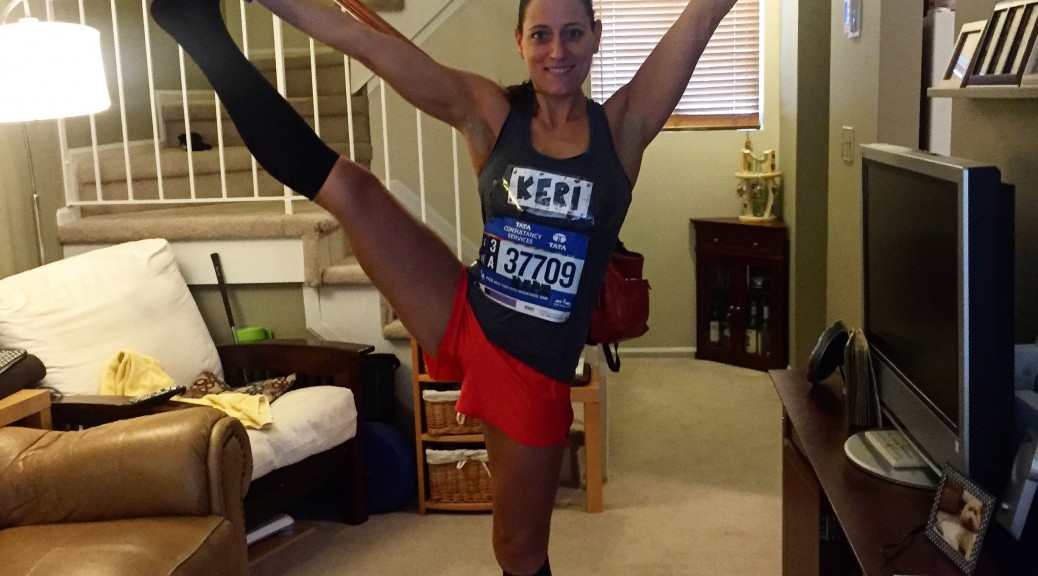
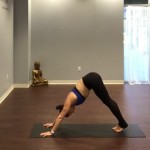
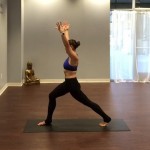
 more you can strengthen your legs andimprove your balance, the less likely you are to twist an ankle or fall down when you’re on a trail or any type of uneven surface. Balancing on one leg, bring your other foot into your standing leg, try to be above or below the knee; avoiding pressing into the knee joint. Focus your gaze on an object in the distance and stand tall for 30 seconds to a minute.
more you can strengthen your legs andimprove your balance, the less likely you are to twist an ankle or fall down when you’re on a trail or any type of uneven surface. Balancing on one leg, bring your other foot into your standing leg, try to be above or below the knee; avoiding pressing into the knee joint. Focus your gaze on an object in the distance and stand tall for 30 seconds to a minute.